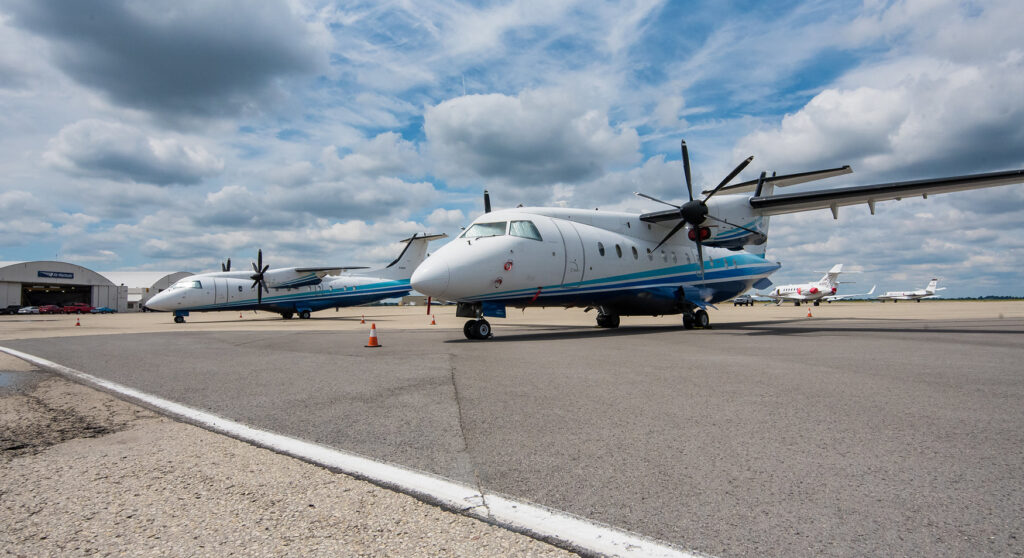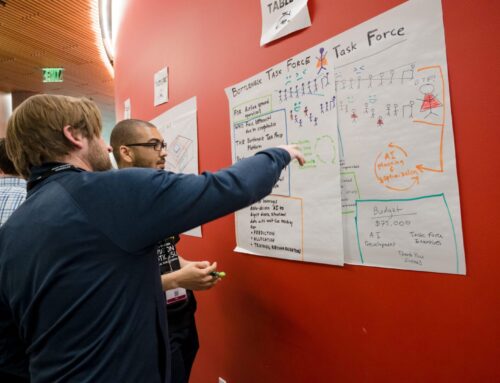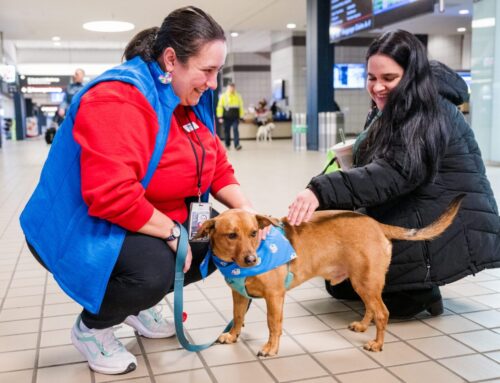Flight School Interest Soars As AGC Hits New Heights
Pittsburgh’s general aviation airport has best March in at least a decade
By Matt Neistein
Published April 19, 2021
Read Time: 3 mins
When traffic at Pittsburgh International cratered during the COVID-19 pandemic last year, hope sprung anew at its sister facility, Allegheny County Airport.
While PIT dealt with record low passenger numbers due to safety concerns, quarantines and government travel restrictions, its general aviation counterpart rebounded much quicker, buoyed by growing use of private jets and other small aircraft.
And now, as commercial traffic surges to its highest levels in more than a year at Pennsylvania’s second-largest airport, Allegheny County Airport (AGC) and private flying again are a step ahead, this time led by training flights for aspiring pilots.
“Last year was very difficult, but we managed to find some successes along the way, and now they’re really starting to pay off,” said Traci Clark, Vice President, AGC. “General aviation is often an underappreciated segment of our industry, and I’m excited to see how much it is being embraced by our partners and their clients.”
Last year, AGC recorded 11,086 total flight operations from January to March, before the pandemic wreaked havoc on the aviation industry. The airport saw 12,574 operations in the same period this year, a healthy 13.4 percent increase.
In fact, the 5,600 AGC operations in March 2021 were the most for that month in at least a decade. A typical March sees about 4,500 operations, Clark said, but last month averaged about 35 more operations a day than normal.

Allegheny County Airport supports a variety of aviation, including private jets, business travelers, medical flights and more. (Photo by Beth Hollerich)
With air taxi operations staying roughly the same for the first quarter year to year, the focus has been on the huge spike in civil operations fueled by Pittsburgh Flight Training Center, a private pilot school based at AGC since 1980.
The 2,539 civil operations—primarily pilot training flights—that took place at AGC from January to March last year were dwarfed by the 3,846 flown over the same period this year, a 51.5 percent increase.
“We really have never slowed down,” said Frank Beresnyak, general manager of PFTC since 2016. “Weather’s always key. We had a really bad January and February around here. It wasn’t very pleasant to fly.
“When the weather’s good, we fly, and that’s what you saw in March.”
Flight time at PFTC hit 520 hours in March after being limited to less than 250 hours in each of the first two months of 2021.
The pilot school was also one of the key factors in keeping AGC traffic relatively strong last year, which Beresnyak said was the busiest he’s had since coming to the school.
Instructors who typically move on after six to eight months to take jobs as commercial pilots stuck around longer as airlines froze hiring and instituted furloughs and layoffs to cope with the pandemic’s impact. And students who were working from home or out of work took advantage of their free time to log hours toward getting their licenses, he said.
PFTC currently has 89 students with five instructors, employing five Cessna 172s as primary trainers and a Beechcraft Duchess as an advanced trainer. And that’s not enough.
“I could probably, if I had enough money, add two or three more trainer (aircraft) and hire two or three more instructors,” Beresnyak said. “I will probably be adding to my staff here within the next month or two—because the demand is just there.”
He estimates about 80 percent of his students are seeking professional careers in aviation and expects the rebound in commercial air traffic will continue to drive enrollment as airlines rush to fill pilot seats.
“The flight training here is going to continue to rise. We have one of the best (air traffic control) towers in the country here,” he said. “They do a really good job of taking care of my kids. They understand, because (students are) not always perfect.”






